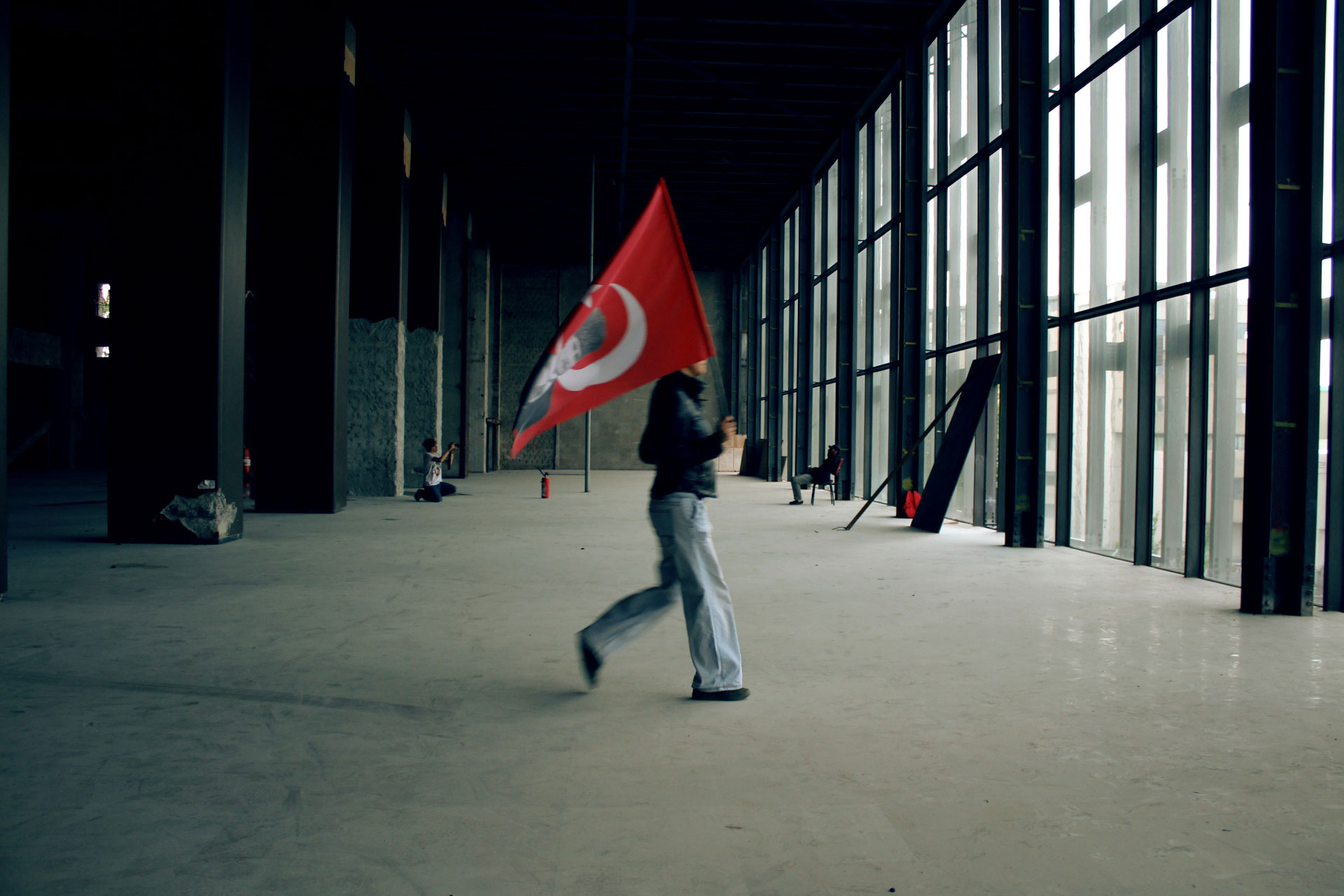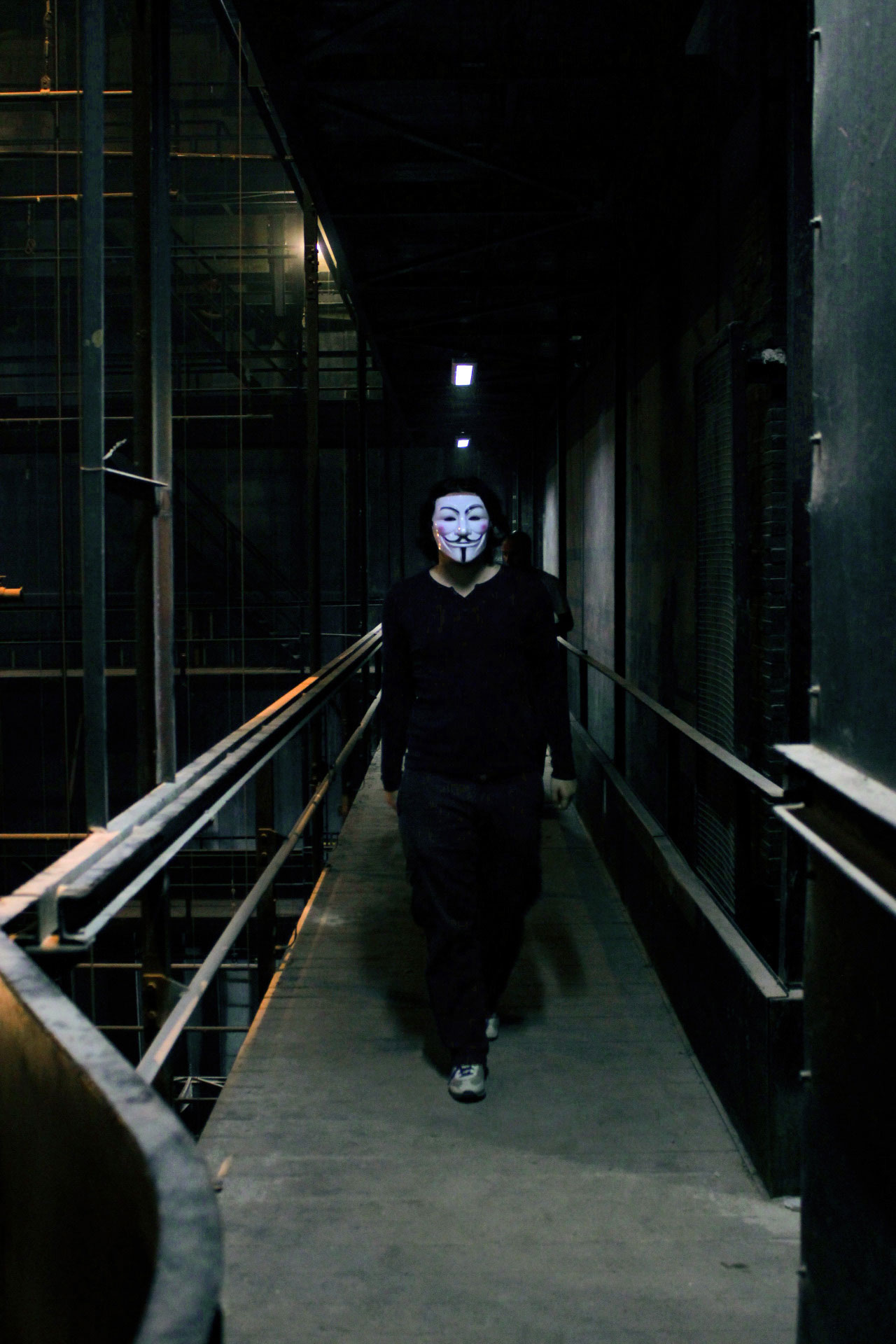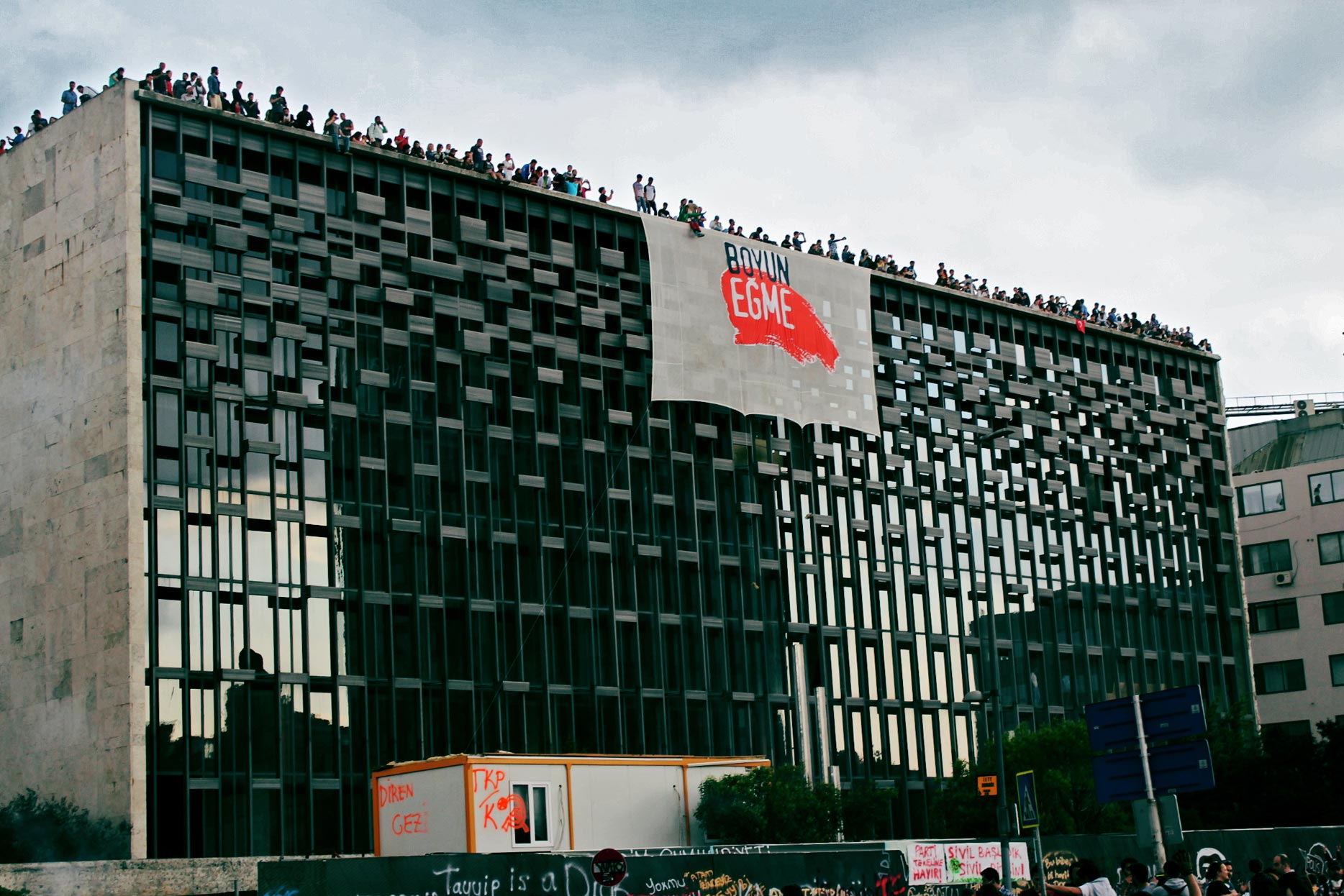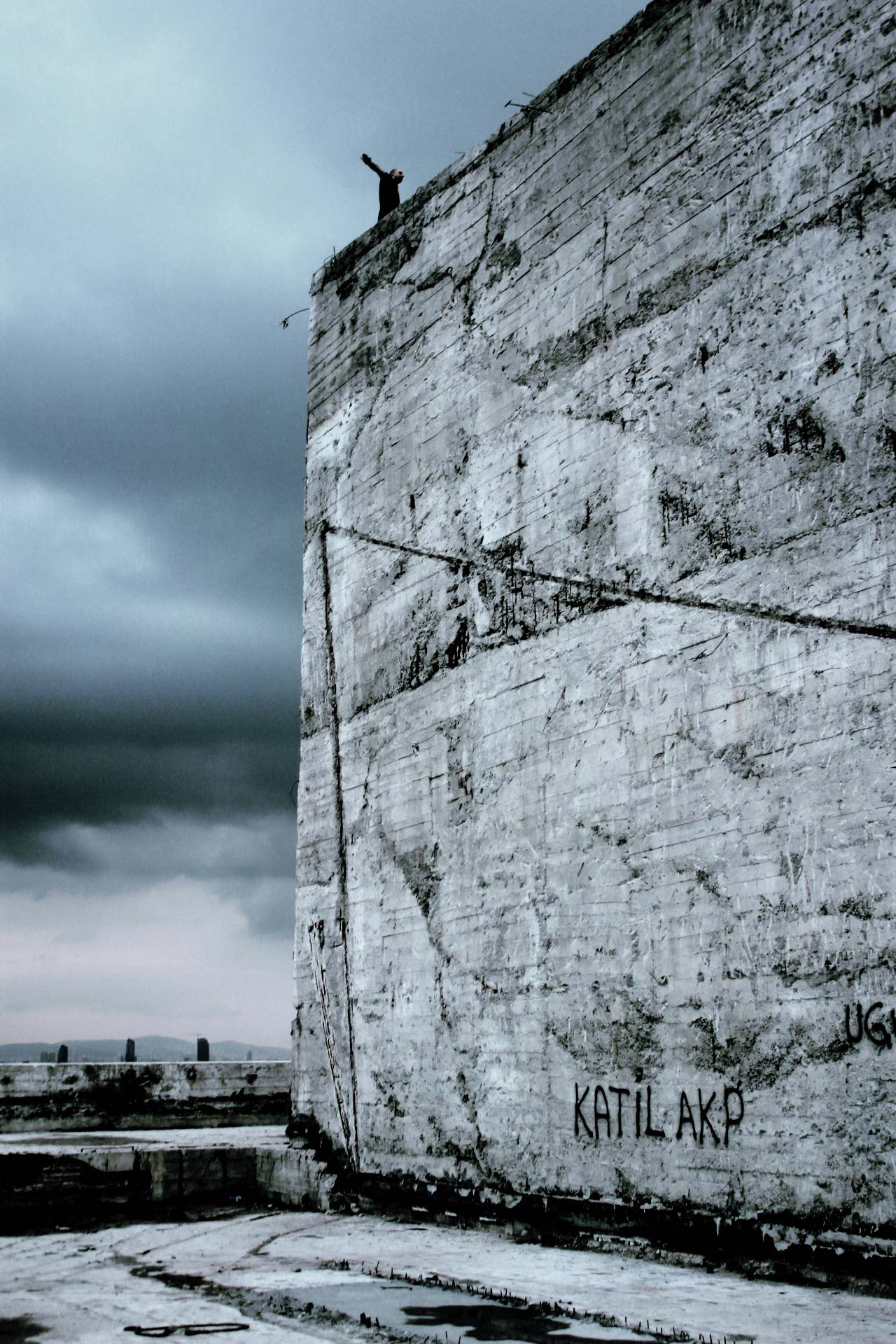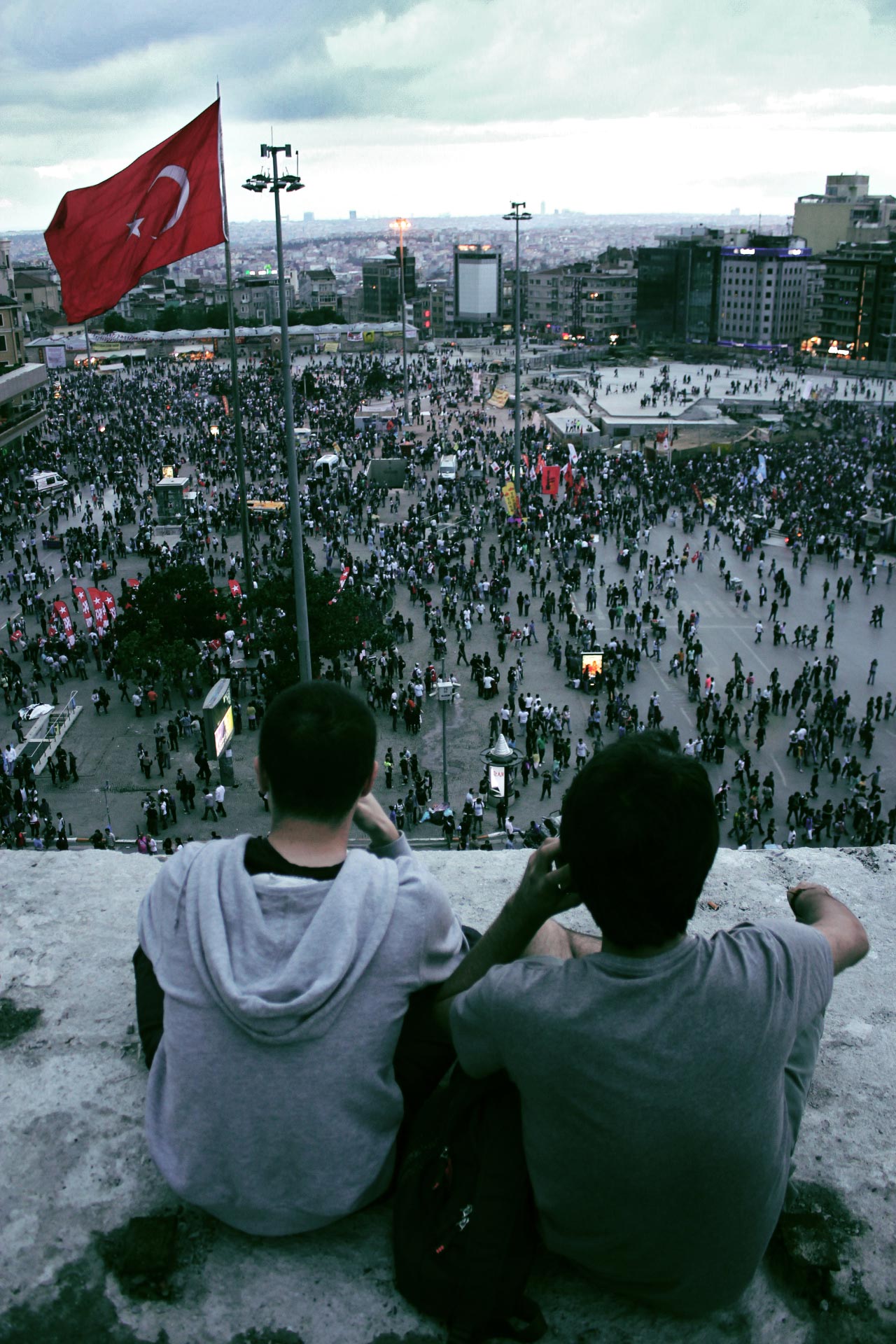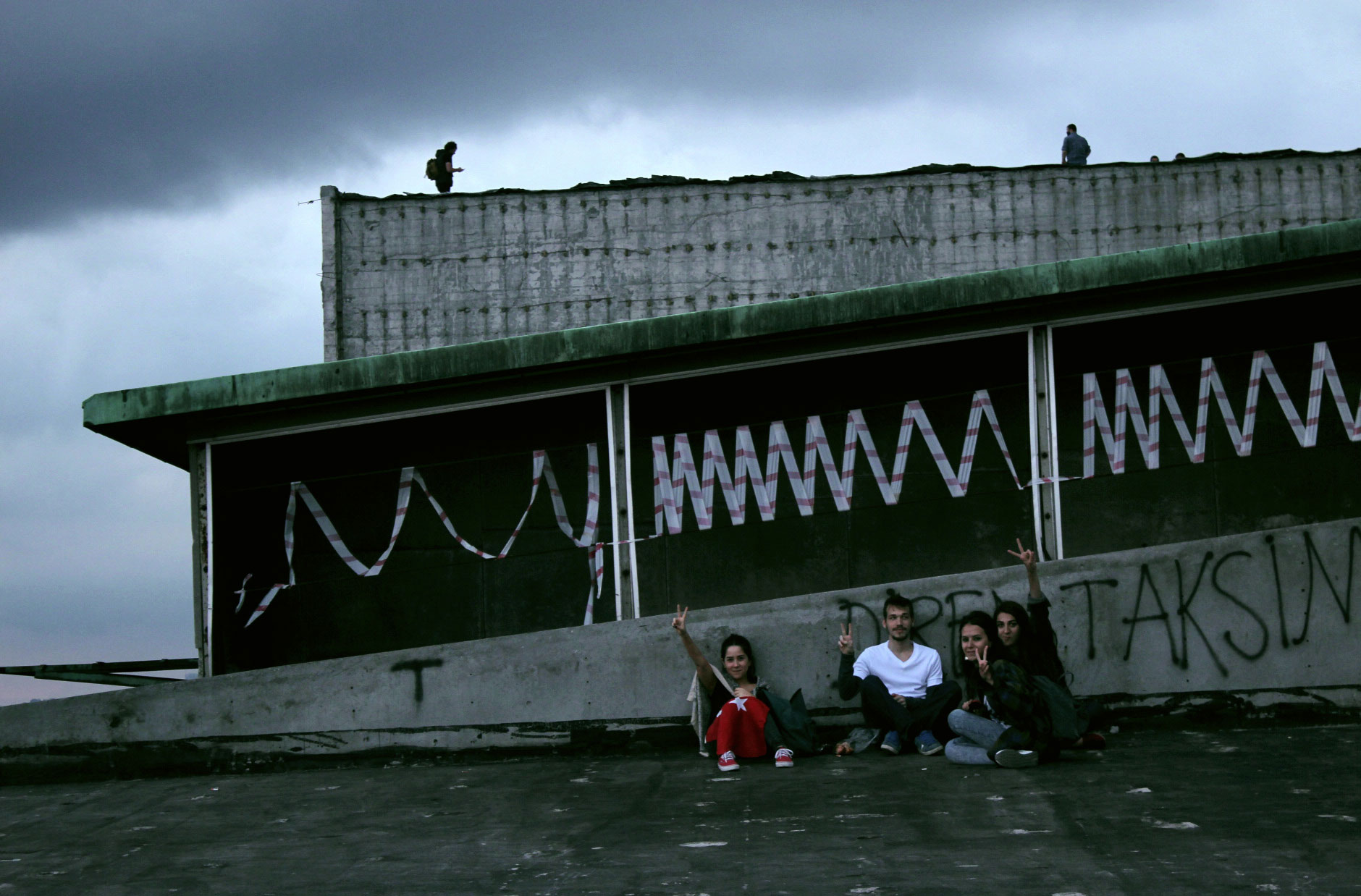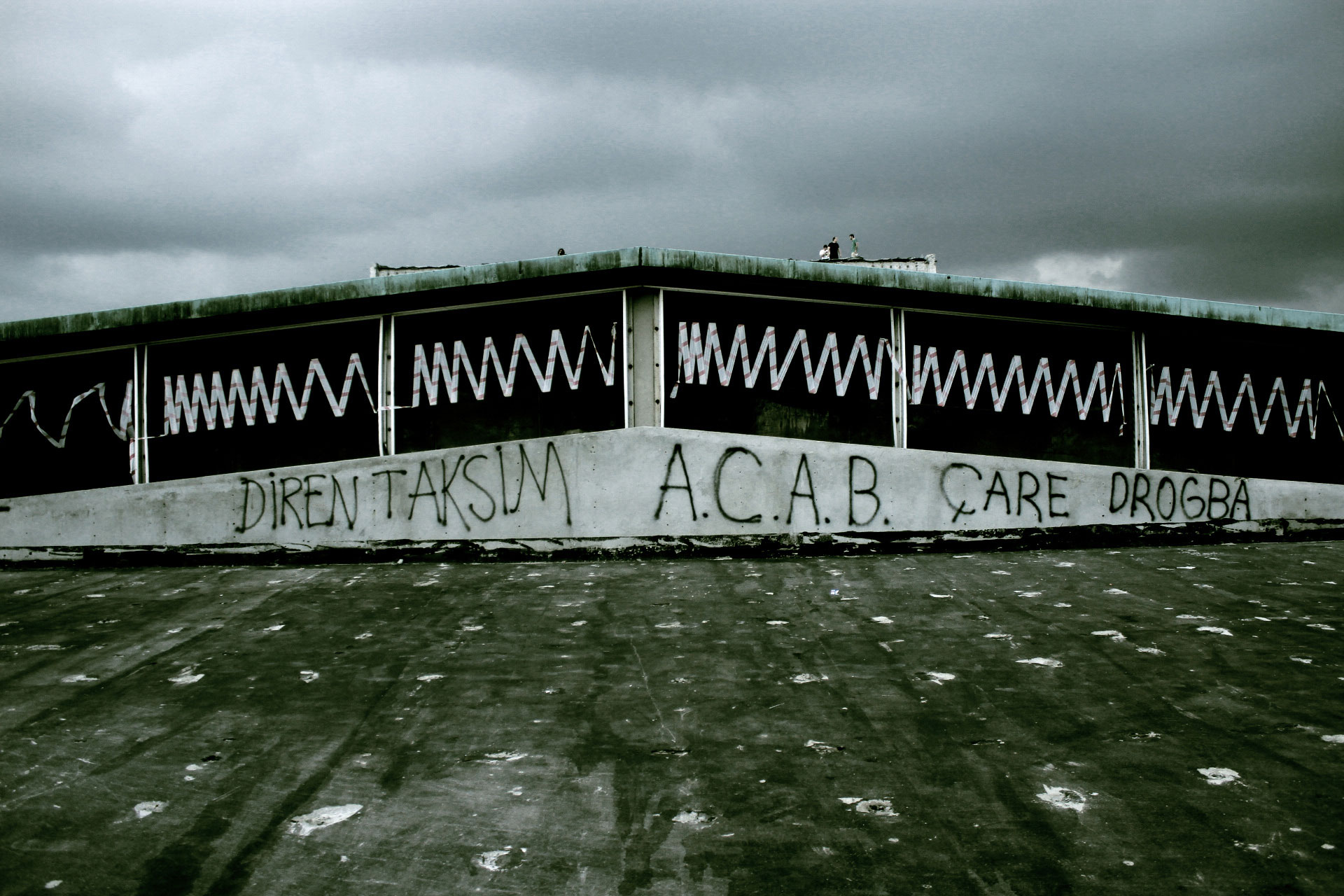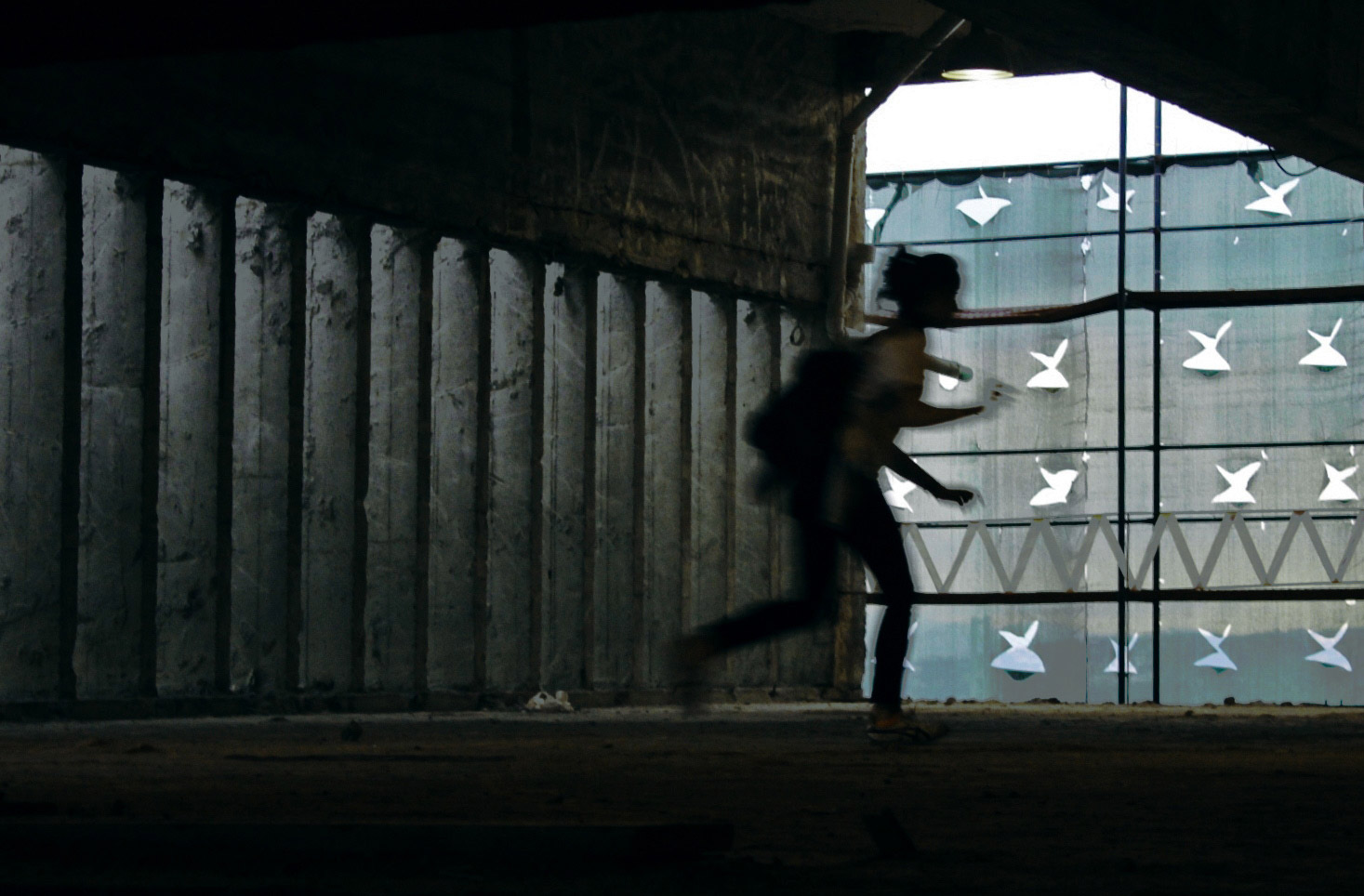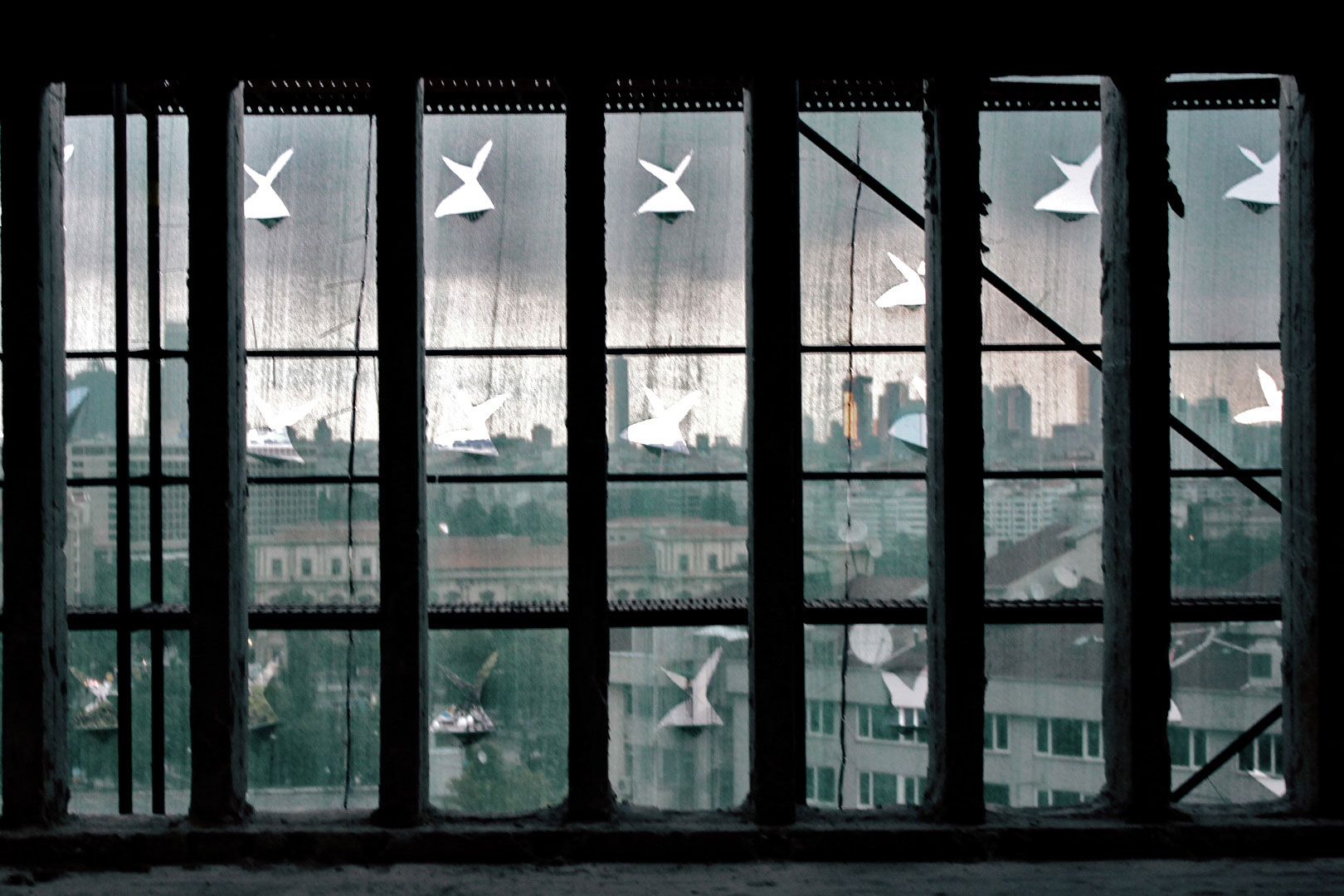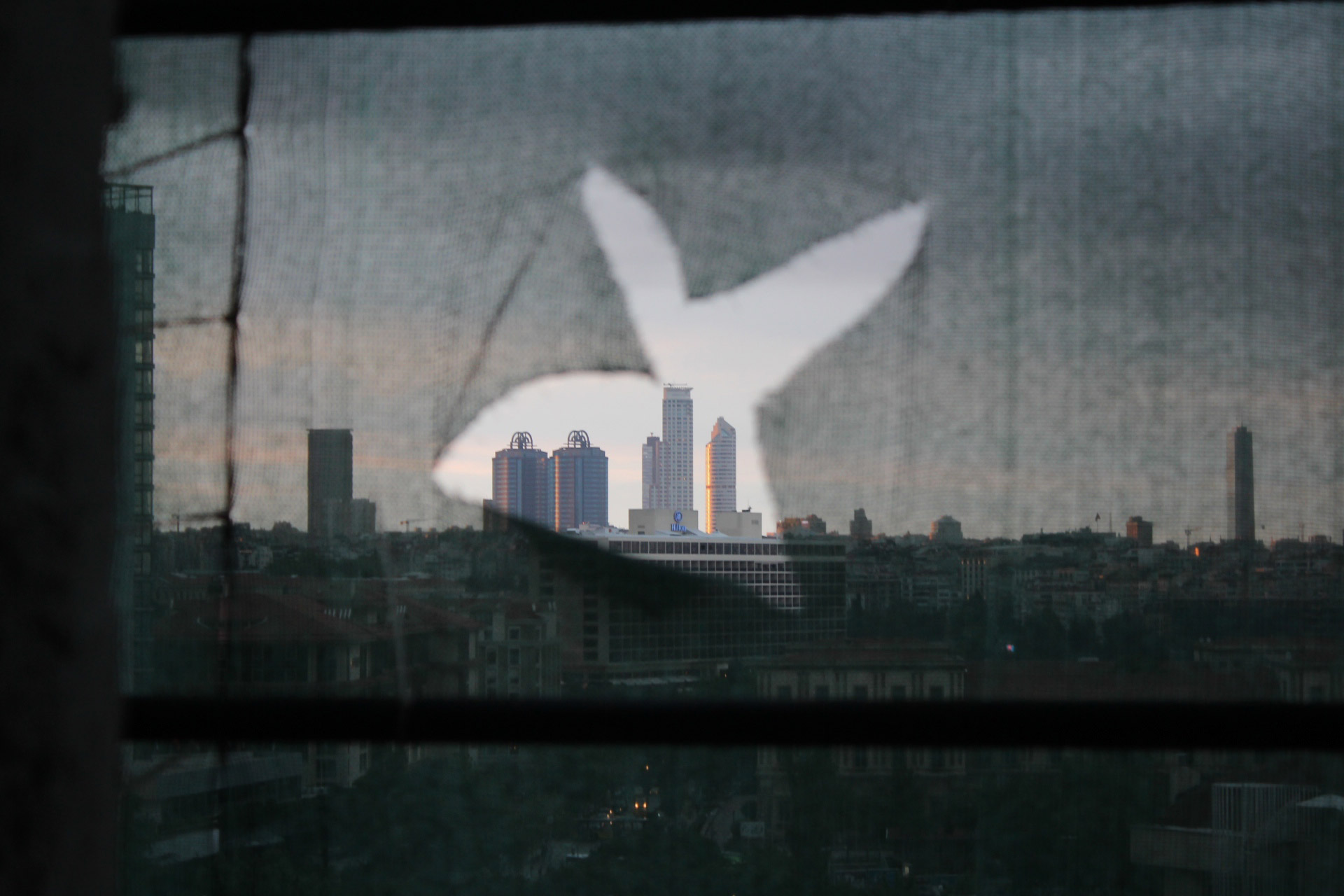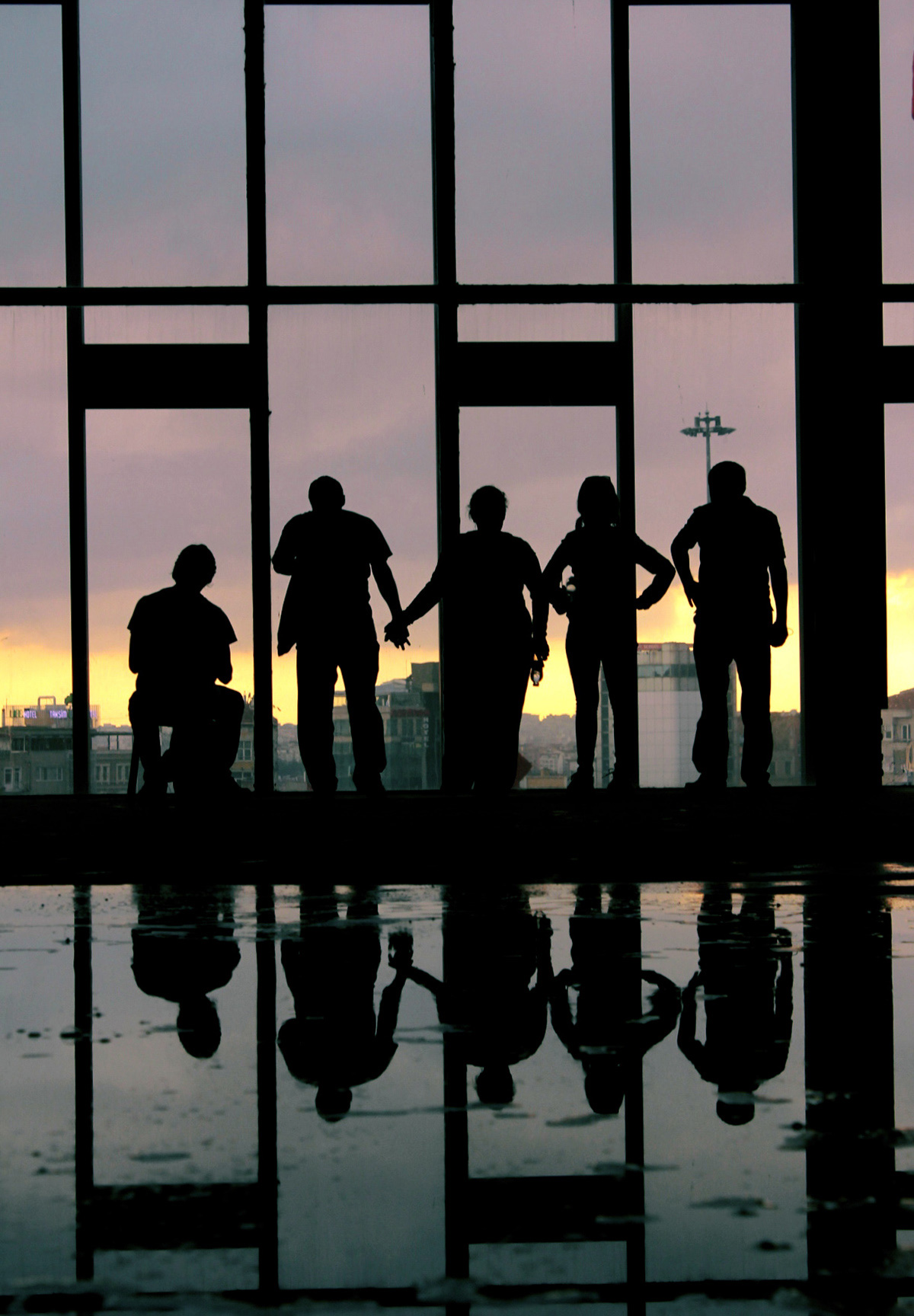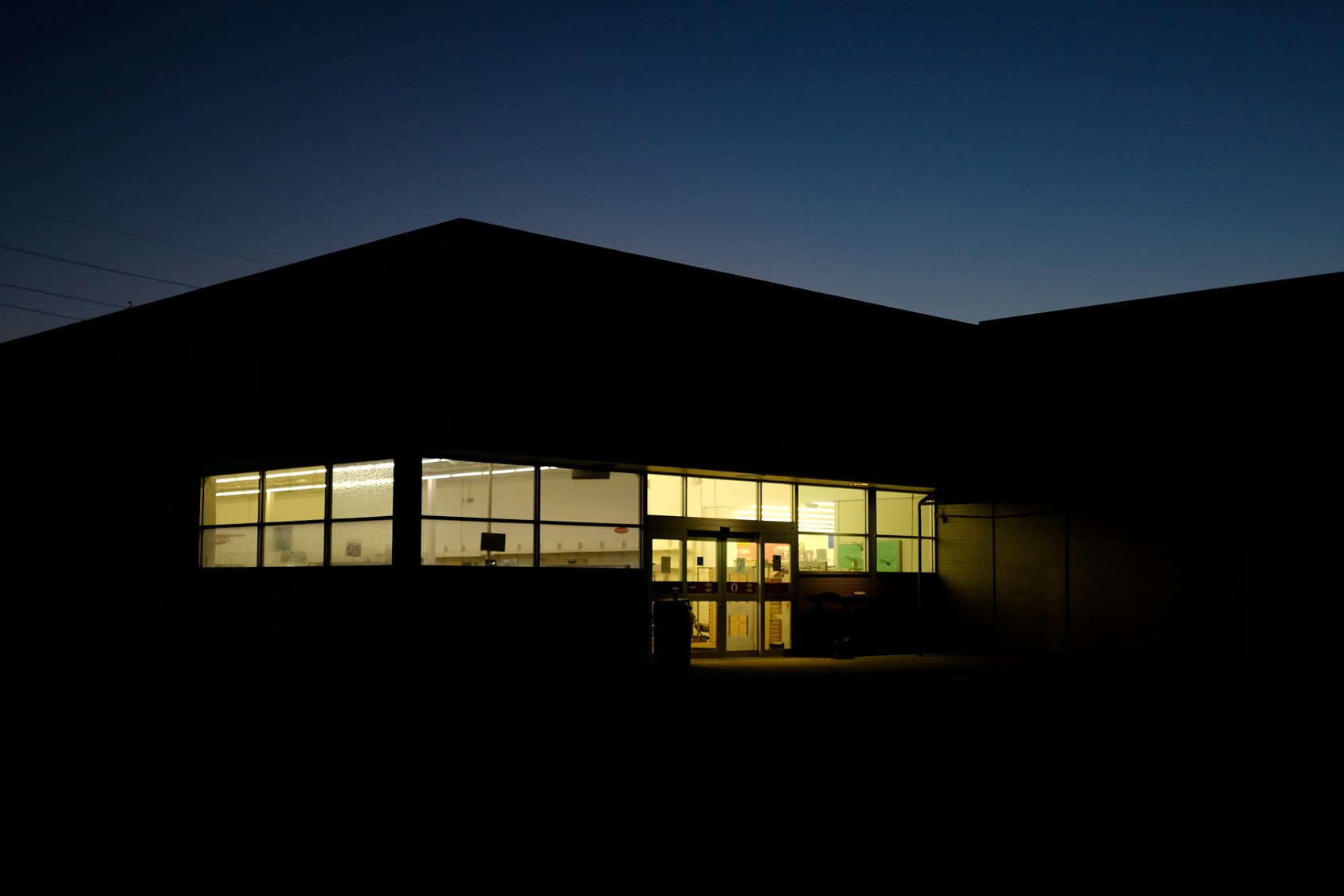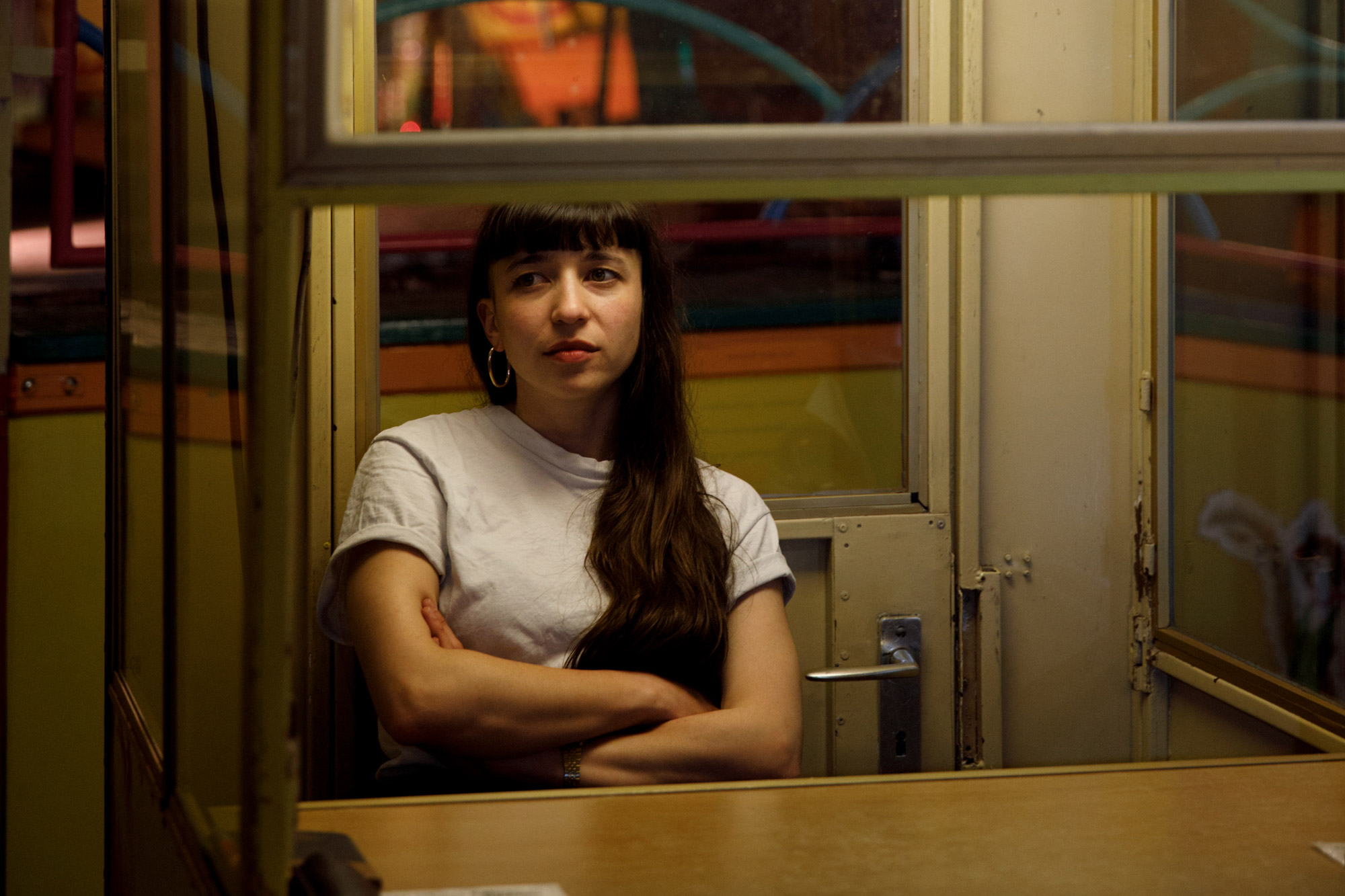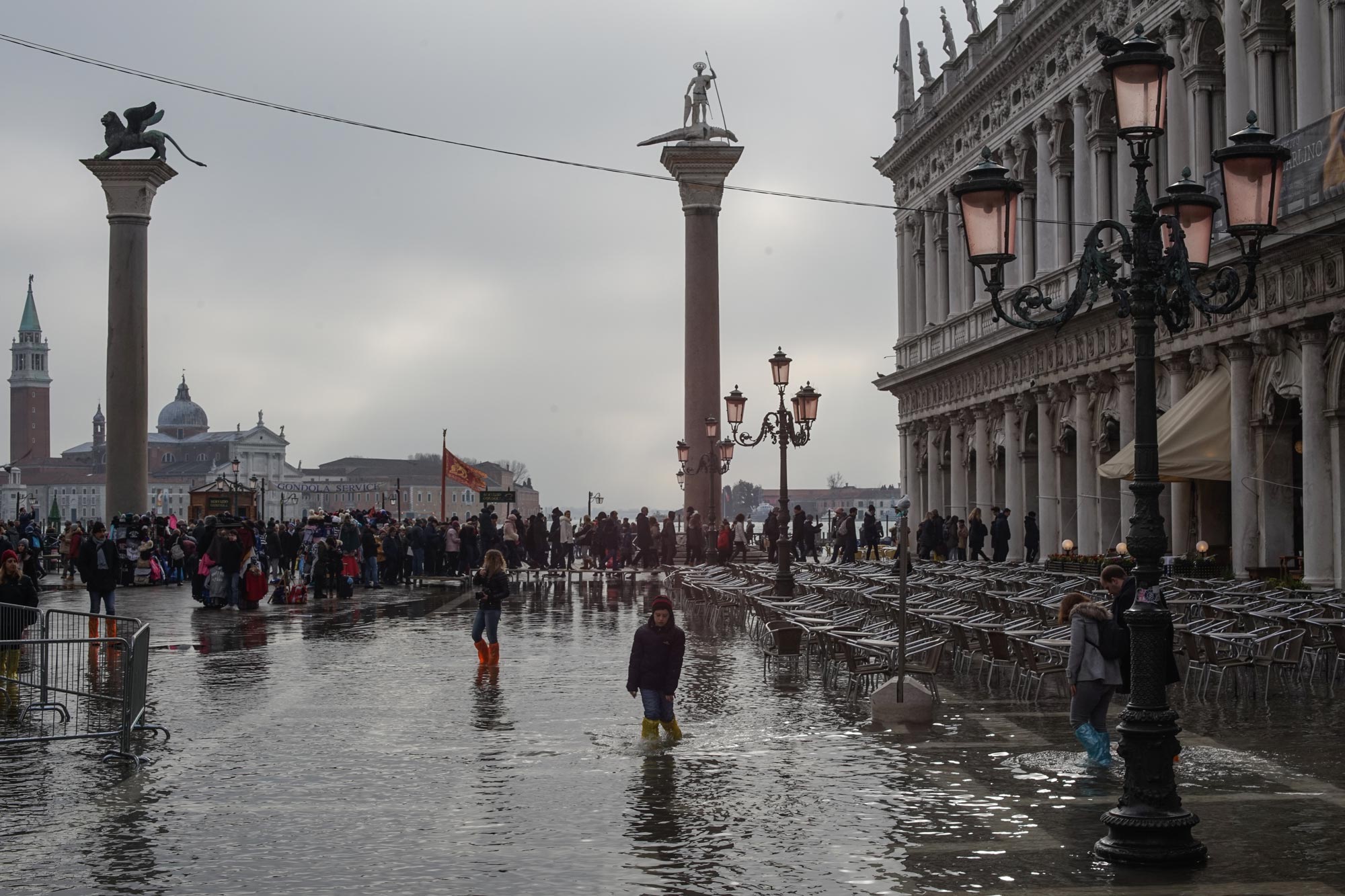Editorial — Alper Yamak
Wandering With Ghosts
22. Januar 2018 — MYP N° 22 »Resistance« — Text & Photography: Alper Yamak
Wandering With Ghosts: AKM at Gezi Protests
On 31st of May, 2013, masses marched on the streets of Istanbul to protest against the unlawful demolition of a small park—Gezi Park—at Taksim Square. Alongside the demolition of the park, people also protested police forces’ excessive response to peaceful activists in previous days using tear gas.
In the following days, in more than 50 cities in Turkey, around 2.5 million people took on the streets due to Turkish Government’s uncompromising attitude and offensive statements of Turkish PM Erdoğan. While the unbalanced growth of construction madness all over the city caused the loss of many green areas in the recent years, a small environmentalist protest turned into a civil uprising against the government’s anti-democratic policies on the secular system and civil rights. The police reaction was harsh. In a couple of days, four people died and twelve people lost their eyes because of tear gas canisters aimed directly towards them. Thousands of people were injured and arrested.
On 1st of June, despite the ongoing police violence and casualties, the protestors took Taksim Square and occupied Gezi Park. At the heart of Taksim Square, there’s an abandoned building called AKM—Atatürk Culture Center. AKM was used as an opera house, as well as a concert hall and a show center. This building had become a symbolic conflict between Islamic AKP government and secular public groups in Turky. AKM, as one of the biggest cultural centers of Istanbul, was closed by the government for rebuilding and renewing purposes, though no renewal action was done at all.
When Taksim Square was taken by protesting on 1st of June, an access to this abandoned building was found. The protestors who had been there for concerts or shows years ago were now wandering in the dilapidated flats. It was a symbolic conquest for most of the people. Access to the building triggered something in people’s mind: We have to take back what is ours! Our green areas, our buildings, our city, and our rights!
These photos were shot in the mood of this insurrection.
Update—January 10th, 2018:
Aftermath and post effects of Gezi protests are ironic and indistinct since the freedom of speech, rights to the protest, and the democratic civil rights has retrograde dramatically due to the governments increasing strict state laws and police control. Now in 2018, the masses that marched in the streets in 2013 are smothered and dismayed by the government’s threating and preventing measures. Heavily equipped police forces in huge numbers and government’s intelligence service—which is inclined to see every democratic civil action as a terrorist act—discourage and frustrate millions of people to march or demonstrate again in that size.
On the other hand, AKP regime is also startled at Gezi, all the precautions and sometimes nonsense measures that have been taken are just the indicators of this fear. Gezi Park also stays as a park and no further recreating or demolishing has been taken place although President Erdoğan makes mumbling statements of recreating/demolishing of the park.
Gezi resistance is a blossoming of a social and political awareness more than a revolutionary or end of an era act. The idea and the soul of Gezi are still in people’s minds and hearts and very alive. Today in the Turkish society, there is a silent anticipation for a decline of AKP government.
In 2017, after four years of Gezi protests, AKP government announced the renewing of AKM has begun and in 2019, the building will be in public service as an opera house and cultural center.
Alper Yamak is a filmmaker, photographer and musician based in İstanbul. He stills believe in the power of photo journalism.
